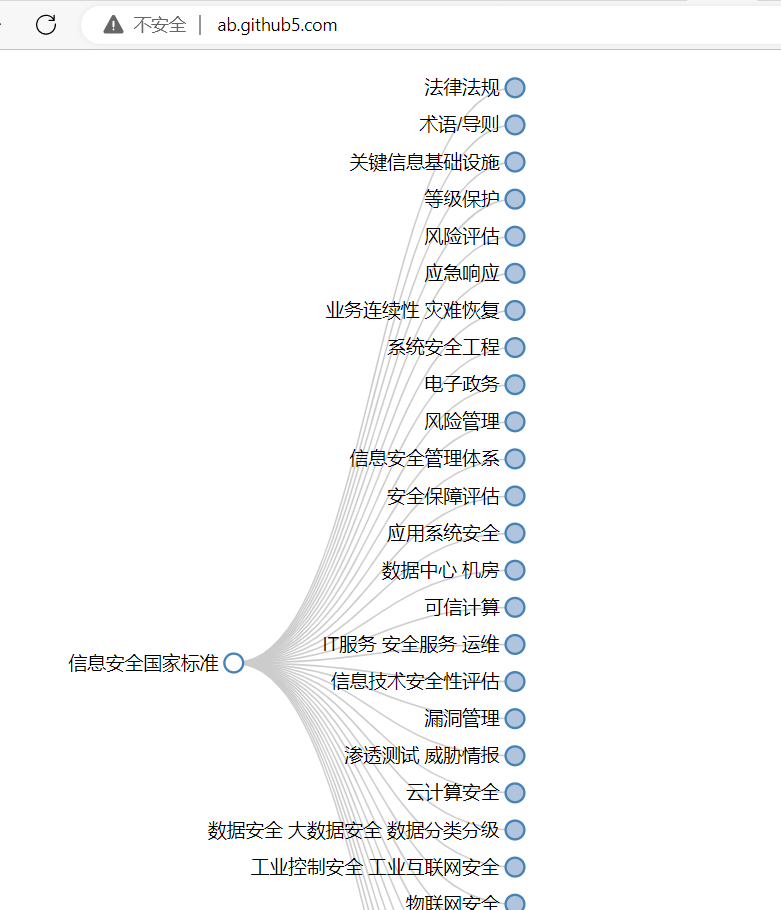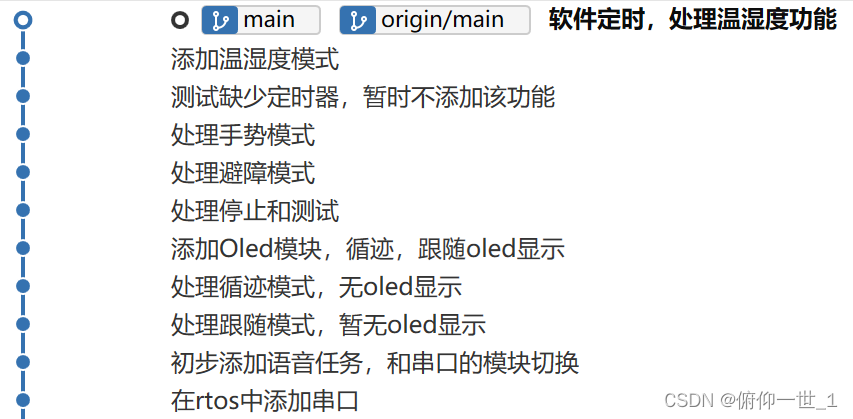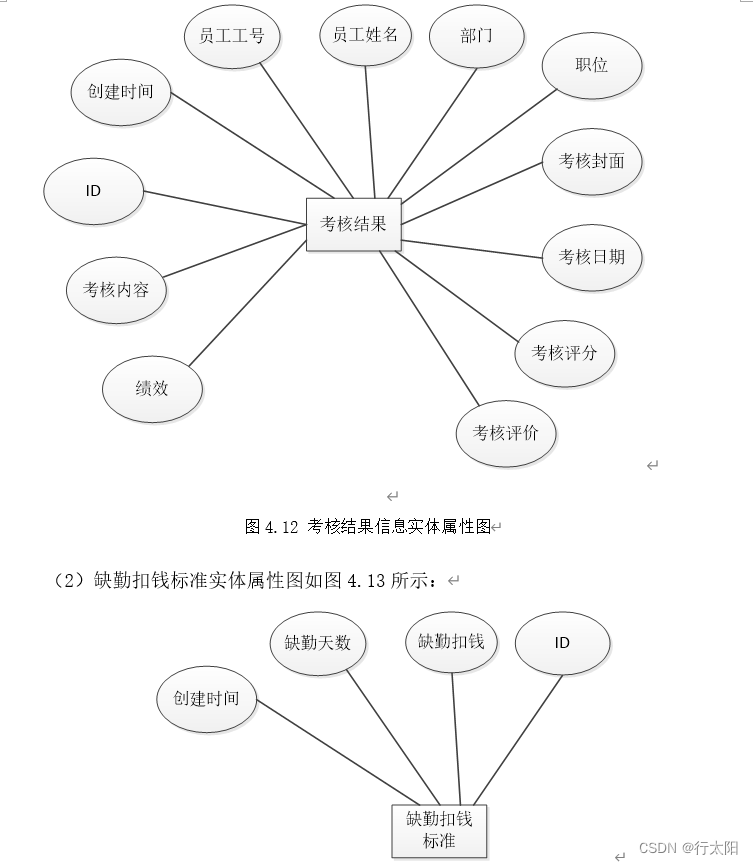在Spring Boot中配置OAuth2认证
OAuth2是一种用于授权的开放标准,允许应用程序安全地访问用户的资源。Spring Boot提供了强大的支持,使得在应用程序中配置OAuth2认证变得非常容易。本文将介绍如何在Spring Boot中配置OAuth2认证,以便您可以在您的应用程序中实现安全的授权流程。

什么是OAuth3?
OAuth2是一种用于授权的开放标准,用于控制第三方应用程序访问用户数据的权限。OAuth2定义了不同的授权流程,包括授权码流、密码流、客户端凭据流等,以满足不同的应用程序需求。
OAuth2的核心概念包括以下角色:
-
资源所有者(Resource Owner):拥有资源的用户或实体。
-
客户端(Client):访问资源的应用程序。
-
资源服务器(Resource Server):存储和提供资源的服务器。
-
授权服务器(Authorization Server):颁发访问令牌的服务器。
OAuth2通过令牌(Token)来实现授权,授权服务器颁发访问令牌,客户端使用访问令牌来访问资源服务器上的受保护资源。
Spring Boot中的OAuth3支持
Spring Boot提供了OAuth2的实现,可以帮助您轻松地配置OAuth2认证。Spring Security OAuth2是Spring Boot的一部分,它提供了用于构建OAuth2认证服务器和客户端的组件。
在Spring Boot中,您可以配置OAuth2认证服务器,也可以配置OAuth2客户端,甚至可以同时配置两者。以下是配置OAuth2的一般步骤:
-
引入Spring Security OAuth2依赖。
-
配置OAuth2认证服务器或客户端。
-
自定义OAuth2的行为(可选)。
本文将重点介绍如何配置一个简单的OAuth2认证服务器。
配置OAuth3认证服务器
首先,您需要在Spring Boot项目中引入Spring Security OAuth2的依赖。在Maven项目中,可以通过以下方式添加依赖:
<dependency>
<groupId>org.springframework.boot</groupId>
<artifactId>spring-boot-starter-oauth2-resource-server</artifactId>
</dependency>
接下来,您需要配置OAuth2认证服务器。在Spring Boot中,可以使用@EnableAuthorizationServer注解来启用OAuth2认证服务器。以下是一个简单的OAuth2认证服务器配置示例:
import org.springframework.context.annotation.Configuration;
import org.springframework.security.oauth2.config.annotation.web.configuration.EnableAuthorizationServer;
import org.springframework.security.oauth2.config.annotation.web.configuration.EnableResourceServer;
@Configuration
@EnableAuthorizationServer
@EnableResourceServer
public class OAuth2Config {
}
在上述配置中,我们使用@EnableAuthorizationServer注解来启用OAuth2认证服务器,同时使用@EnableResourceServer注解来启用OAuth2资源服务器。
配置认证服务器的属性
接下来,您可以配置OAuth2认证服务器的属性,包括令牌存储方式、客户端信息、用户信息和授权方式等。以下是一个示例配置:
import org.springframework.context.annotation.Bean;
import org.springframework.context.annotation.Configuration;
import org.springframework.security.authentication.AuthenticationManager;
import org.springframework.security.core.userdetails.UserDetailsService;
import org.springframework.security.crypto.bcrypt.BCryptPasswordEncoder;
import org.springframework.security.crypto.password.PasswordEncoder;
import org.springframework.security.oauth2.config.annotation.configurers.ClientDetailsServiceConfigurer;
import org.springframework.security.oauth2.config.annotation.web.configuration.AuthorizationServerConfigurerAdapter;
import org.springframework.security.oauth2.config.annotation.web.configurers.AuthorizationServerEndpointsConfigurer;
@Configuration
public class OAuth2Config extends AuthorizationServerConfigurerAdapter {
private final AuthenticationManager authenticationManager;
private final UserDetailsService userDetailsService;
public OAuth2Config(AuthenticationManager authenticationManager, UserDetailsService userDetailsService) {
this.authenticationManager = authenticationManager;
this.userDetailsService = userDetailsService;
}
@Bean
public PasswordEncoder passwordEncoder() {
return new BCryptPasswordEncoder();
}
@Override
public void configure(ClientDetailsServiceConfigurer clients) throws Exception {
clients
.inMemory()
.withClient("client")
.secret(passwordEncoder().encode("secret"))
.authorizedGrantTypes("password", "refresh_token")
.scopes("read", "write")
.accessTokenValiditySeconds(3600)
.refreshTokenValiditySeconds(86400);
}
@Override
public void configure(AuthorizationServerEndpointsConfigurer endpoints) throws Exception {
endpoints
.authenticationManager(authenticationManager)
.userDetailsService(userDetailsService);
}
}
在上述配置中,我们配置了客户端信息,指定了客户端ID和密钥,并定义了允许的授权方式和访问令牌的有效期。此外,我们配置了认证管理器和用户详细信息服务。
配置安全性
最后,为了确保OAuth2认证服务器的安全性,您需要配置Spring Security规则。以下是一个示例配置:
import org.springframework.context.annotation.Bean;
import org.springframework.context.annotation.Configuration;
import org.springframework.security.authentication.AuthenticationManager;
import org.springframework.security.config.annotation.web.builders.HttpSecurity;
import org.springframework.security.config.annotation.web.configuration.EnableWebSecurity;
import org.springframework.security.oauth2.config.annotation.web.configuration.EnableAuthorizationServer;
@Configuration
@EnableWebSecurity
@EnableAuthorizationServer
public class SecurityConfig {
@Bean
public AuthenticationManager authenticationManagerBean() throws Exception {
return super.authenticationManagerBean();
}
protected void configure(HttpSecurity http) throws Exception {
http.csrf().disable()
.authorizeRequests()
.antMatchers("/oauth/token").permitAll()
.anyRequest().authenticated()
.and()
.httpBasic();
}
}
在上述配置中,我们启用了Spring Security,并配置了允许所有请求访问/oauth/token,同时要求其他请求进行身份验证。
运行OAuth3认证服务器
现在,您已经配置了OAuth2认证服务器,可以运行您的Spring Boot应用程序并测试OAuth2认证流程。使用以下命令启动Spring Boot应用程序:
./mvnw spring-boot:run
或者使用Maven Wrapper:
mvn spring-boot:run
``
`
您的OAuth2认证服务器将在默认端口(通常是8080)上启动。
## 测试OAuth2认证
为了测试OAuth2认证,您可以使用OAuth2客户端(例如Postman)来请求访问令牌,然后使用该令牌访问受保护的资源。以下是一个简单的测试示例:
1. 发送POST请求以获取访问令牌:
```http
POST http://localhost:8080/oauth/token
Content-Type: application/x-www-form-urlencoded
grant_type=password
username=user
password=password
client_id=client
client_secret=secret
- 如果授权成功,将收到包含访问令牌的响应:
{
"access_token": "YOUR_ACCESS_TOKEN",
"token_type": "bearer",
"expires_in": 3600,
"scope": "read write"
}
- 使用访问令牌访问受保护的资源:
GET http://localhost:8080/api/resource
Authorization: Bearer YOUR_ACCESS_TOKEN
确保在请求头中包含正确的访问令牌。
自定义OAuth3的行为
除了上述基本配置之外,您可以根据您的需求自定义OAuth2的行为。例如,您可以定义自己的用户详细信息服务、自定义令牌存储、实现OAuth2扩展等等。
总结
在Spring Boot中配置OAuth2认证是一个非常强大的功能,可以帮助您实现安全的授权流程。本文介绍了如何配置OAuth2认证服务器,包括引入依赖、配置认证服务器属性、配置安全性和测试OAuth2认证流程。希望本文对您有所帮助,让您更好地理解如何在Spring Boot中配置OAuth2认证。 Happy coding!


















